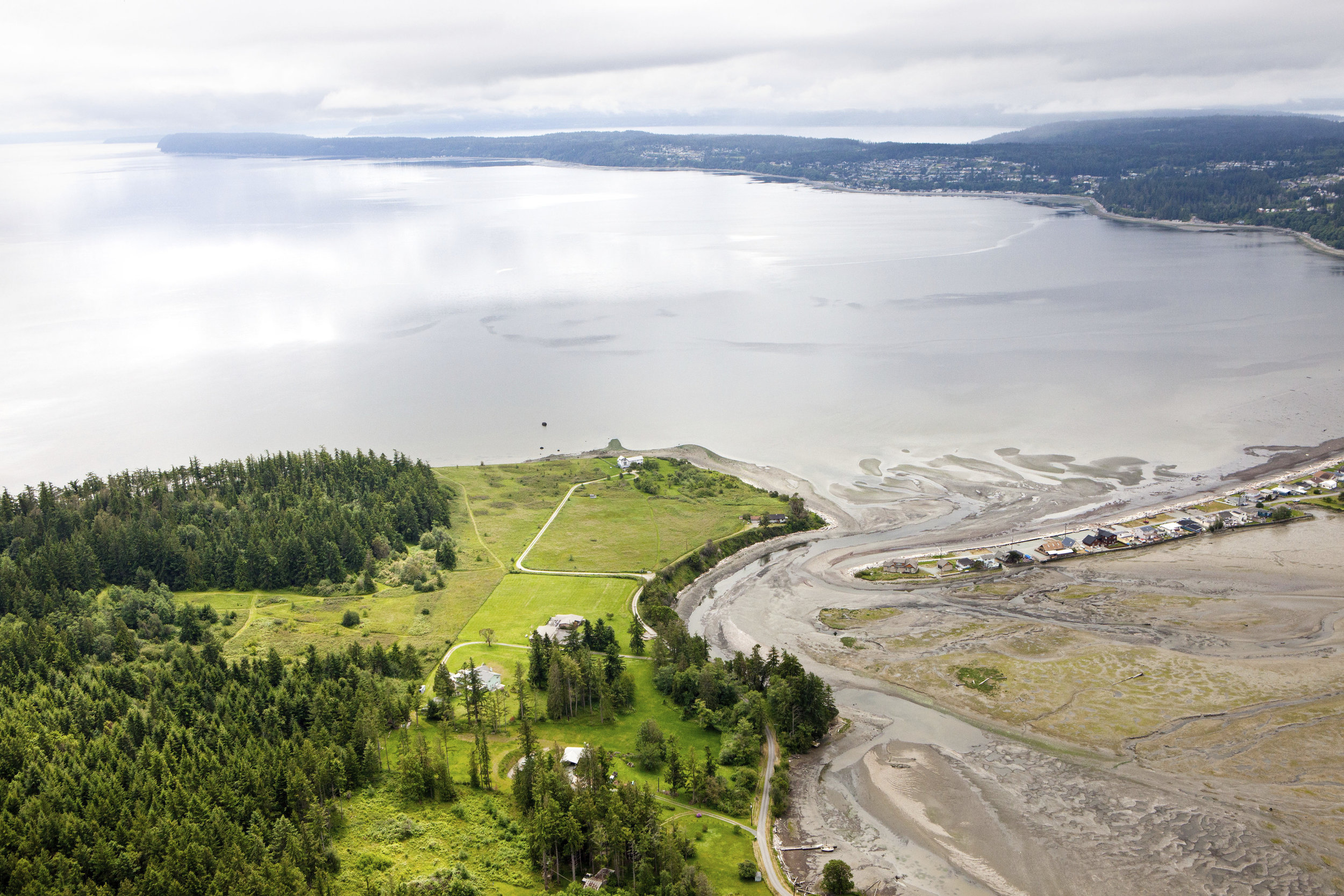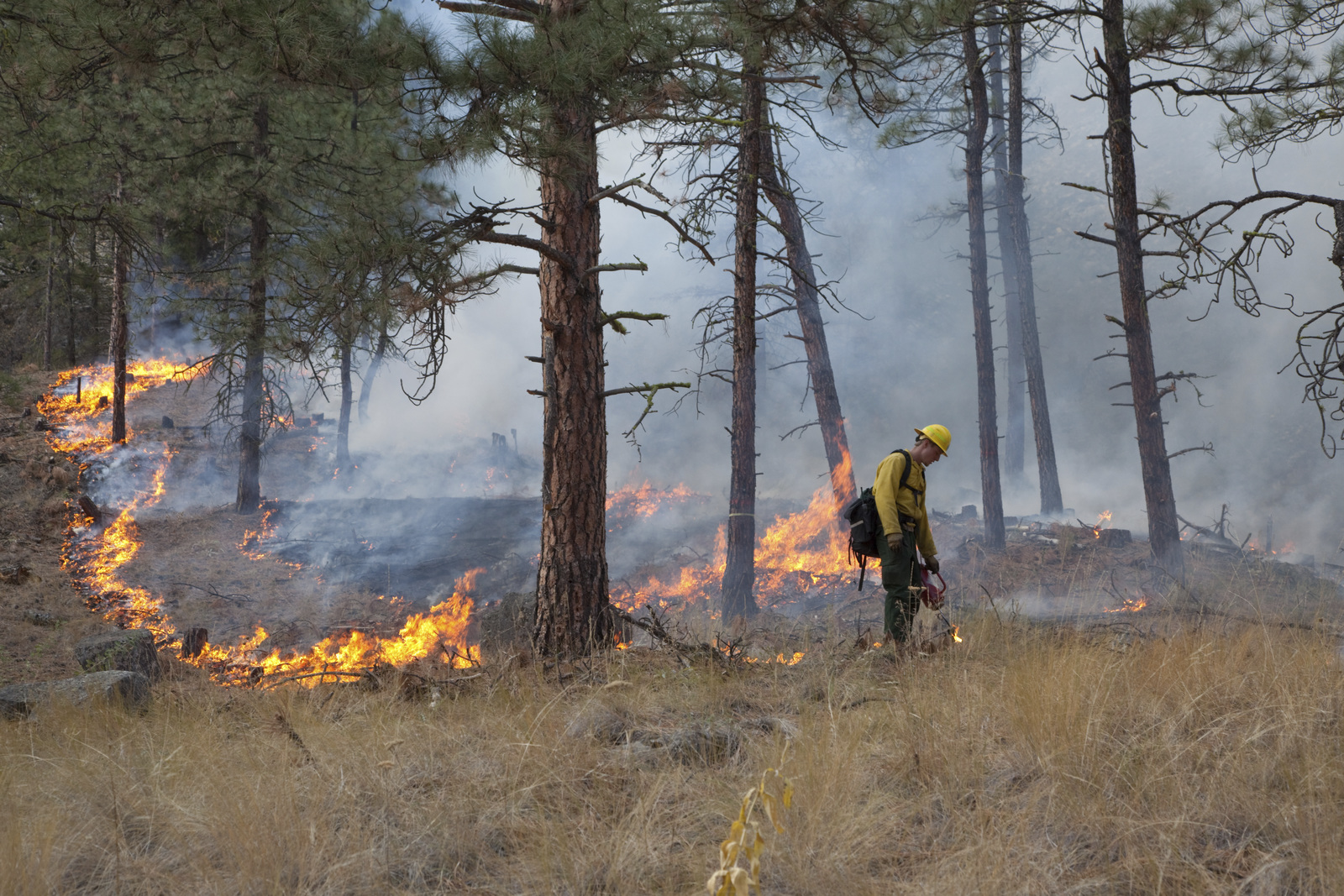By Molly Bogeberg, marine conservation coordinator
Growing up in Southern California, my family would often pack our Chevy Astro Van with surfboards, wetsuits, snorkels, Frisbees and our border collie for an afternoon at the beach. We would drive over rolling hills of chaparral and through three mountain passes until the Pacific Ocean came into view.
Our favorite beach was wide and sandy, with a small dune system before a community of seaside homes. The storm waves of winter would eat away at the dunes, but the beach grasses held on tight to the sand. By the time I was in high school, though, the wide-open beach was now a narrow strip, and sand bags were placed to save the eroding dune. After college, I found waves lapping at a seawall right up against the seaside homes. Watching a beach that I had loved disappear was a powerful experience that I carry with me today as I work on coastal resilience issues in my new home of Washington.
Habitat and Resilience Go Hand-in-Hand
The National Oceanographic and Atmospheric Administration (NOAA) defines coastal resilience as “building the ability of a community to bounce back after hazardous events, such as hurricanes, coastal storms and flooding — rather than simply reacting to impacts.” Understanding the value of coastal habitats for buffering shorelines and considering them in coastal planning is an important step in maintaining that resilience.
Coastal habitats in Washington are not only beautiful places we enjoy visiting, but they also serve as the first line of defense for coastal communities threatened by storms and rising seas. Eelgrass beds, saltmarshes and oyster reefs reduce wave energy and trap sediments, which help to minimize erosion. Dunes, coastal forests and wetlands stabilize sediments and prevent storm surge from flooding infrastructure.
If we don’t allow coastal habitats to function as a buffer, and we continue to build along vulnerable shorelines, communities may see increased risk from coastal hazards. Armoring the shoreline with hardening structures such as seawalls, breakwaters and groins is a common strategy, but it is costly and can negatively impact the surrounding ecosystem. Creating a “coastal squeeze,” armoring can also prevent shorelines from naturally retreating inland as sea levels rise, leading to further habitat loss.
Nature as a Shoreline's First Defense
About 14 percent of U.S. shorelines have been hardened since 1990, at a rate of 200 kilometers a year. If this trend continues, almost one-third of our shorelines will be hardened as populations grow. Washington has the opportunity to advance a vision that minimizes the need for hardening by considering natural habitats.
Explore Coastal Resilience tools
- Learn more about the Coastal Vulnerability Model.
- View the spatial results, at the Conservancy’s Coastal Resilience Mapping Portal under the “Outer Coast” section of the “Regional Planning Application.”
Applying science to inform coastal planning can empower communities to ensure that their shorelines are sustained over time. Using the Coastal Vulnerability Model, coastal communities in Southwest Washington can understand the role of habitat in shoreline protection. This spatial tool highlights which shorelines are vulnerable to storm events and simulates how vulnerability changes when habitats are removed. County planners and involved citizens can then apply results when creating policies and regulations on shoreline development. The tool can also prioritize restoration sites along the coast to control erosion or flooding.
Coastal habitats are incredibly protective assets that nature provides us. If we think ahead, we can benefit from these ecosystems and preserve our special shorelines.



















